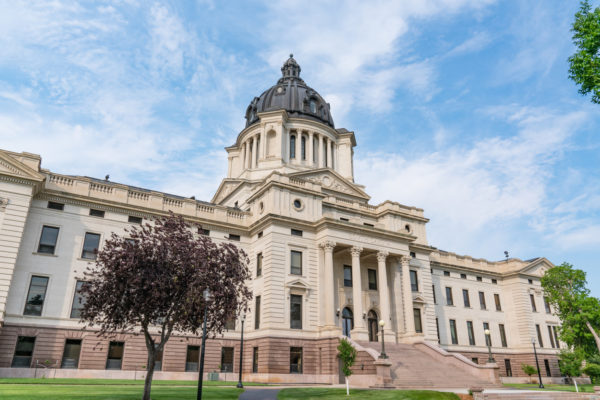
The South Dakota Legislature: An Overview
State governments, like the federal government, are divided into three distinct branches of government. The legislative branch makes the laws, the executive branch executes the laws and the third branch interprets the laws. This guide’s focus is the legislative branch and the process in which laws are made in South Dakota.
The South Dakota Legislature is bicameral, or composed of two bodies; the House and the Senate. The other states also have bicameral legislatures with one exception, Nebraska. The State’s constitution provides that the Senate shall consist of 35 members and the House shall consist of no fewer than 50 members but no more than 70. Currently, there are 35 members in the Senate and 70 members in the House.
The State comprises of 35 legislative districts. Voters in each district elect one senator and two representatives. Every 10 years, in accordance with the state constitution, the Legislature must redraw the boundaries of the legislative districts to reflect shifts in the state’s population. This reapportionment process keeps the districts as equally populated as possible.
As mandated by the State’s constitution, the Legislature meets annually in Pierre, SD. The session begins each year on the second Tuesday in January at noon. The state constitution limits the length of these legislative sessions to not exceed 40 legislative days. Legislative days are defined by any day the legislature is convened.
To view the 94th SD Legislative Calendar, click here.



